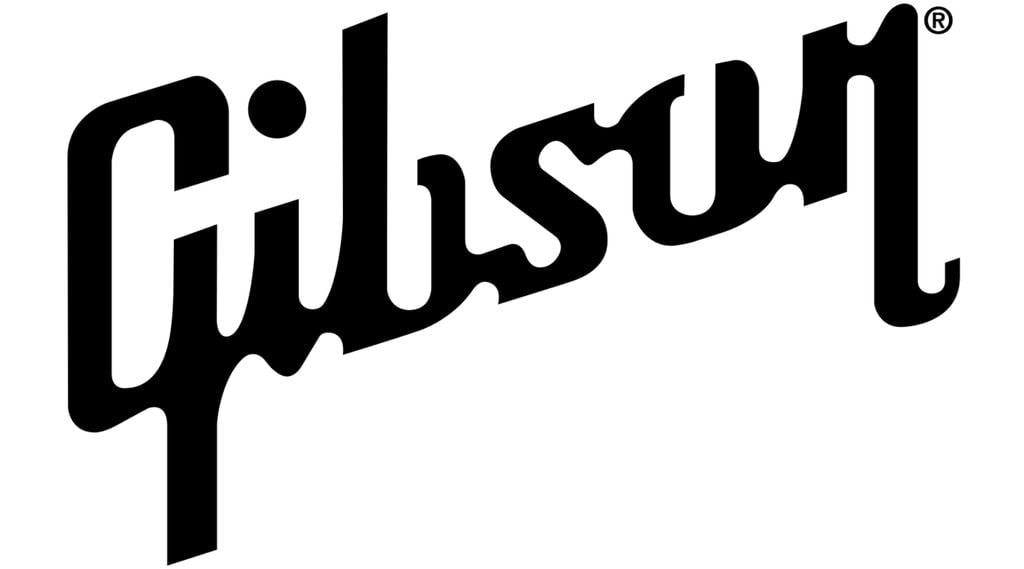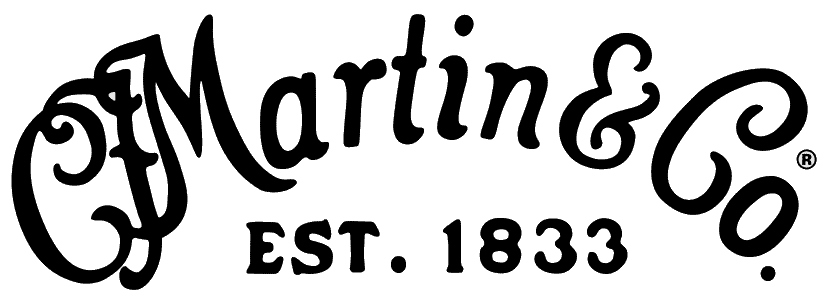Troubleshooting (Why it’s not your tuners)
Set Up Issues
Your guitar’s overall setup plays a huge part in its sound, playability, and tuning stability. If your guitar isn’t staying in tune, we always recommend consulting a local repair shop or luthier to ensure a proper setup. Some other factors to check for are below.
Nut
The nut slots might be cut too narrow or shallow for your string gauge, causing pinching of the string, which may cause problems while tuning. You can alleviate this by using a file to address the grooves or using a form of lubrication.
Stretching the Strings
One of the most common tuning issues that many guitarists run into is improperly stretched strings. New strings require time to break in before they achieve the ability to hold the desired tension, seat properly in the nut, tuners, and the ball end.
“G” String
On headstocks with a 3 x 3 tuner arrangement or – The 3rd and 4th strings end up breaking at a hard angle at the nut. This angle puts a strain on these two strings and can result in tuning issues.
Intonation
A guitar must be intonated correctly or it’s not going to tune properly. Poor intonation can be solved by adjusting the truss rod that runs down the center of the guitar’s neck. You may also need to adjust the height of the bridge and/or nut to achieve ideal action.
Tremolo
When using a Tremolo strings gain slack and become loose and out of tune due to the stretching of the string.
Climate
Guitars and their strings are affected by changes in temperature as they will expand when warm and contract when cold causing the guitar to go out of tune.
Player’s Touch Matters
Heavy handed playing can pull the chords and notes out of tune. Make sure you are not using too much force, especially when playing larger frets.
*Please note, we always recommend consulting a repair shop or authorized luthier whenever installing hardware or making any modifications to your instrument.




